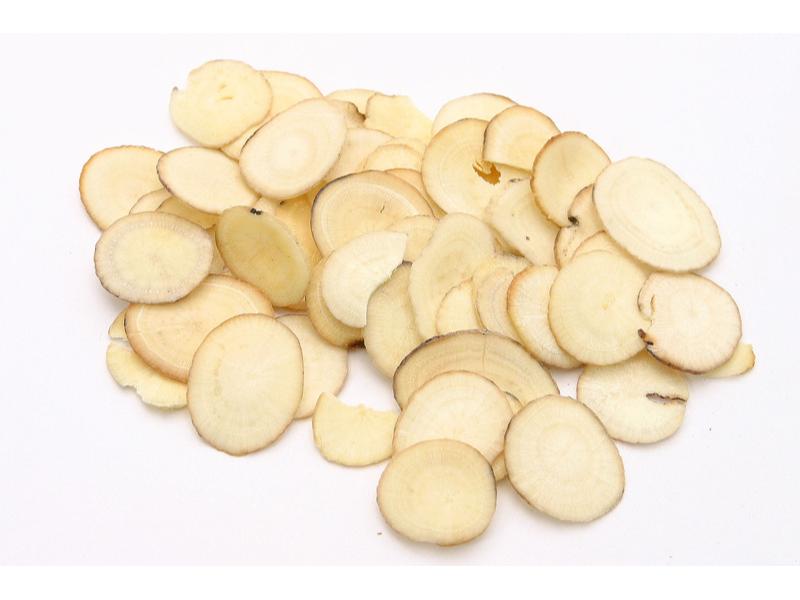Search in medicinals

Alternate Chinese names: 白芍药 <i>bái sháo yào</i>; 金芍药 <i>jīn sháo yào</i>
Kingdom: Plant
Origin in PRC Pharmacopoeia: <i>Paeonia lactiflora</i> Pall. (<i>PRC Pharmacopoeia</i>)
Origin in unofficial sources: <i>Paeonia lactiflora</i> Pall. [= <i>P. albiflora</i> Pallas var. <i>trichocarpa</i> Bunge.]
Use: Medicinal
Category: Supplementing agents / Blood-supplementing agents
Properties: Bitter, sour, sweet; slightly cold.
Channel entry: Liver and spleen channels.
Actions and indications:
- Nourishes the blood and regulates menstruation: Menstrual irregularities or flooding and spotting due to blood vacuity or to
yīn vacuity with heat . - Emolliates the liver and relieves pain: Liver yīn vacuity, liver depression, or hyperactivity of liver yáng.
- Calms liver yáng: Headache or dizziness due to ascendant hyperactivity of liver yáng.
- Constrains yīn and checks sweating: Yīn vacuity night sweating; provisioning-defense disharmony (yíng-wèi bur hé) with exterior vacuity and spontaneous sweating.
Dosage and method: Oral: 10–30g in decoctions. The raw form is generally used to calm the liver or constrain yīn, while stir-fried or wine-fried forms are preferred for nourishing the blood and regulating menstruation.
Warnings: Bái sháo is traditionally said to clash with lí lú (Veratri Nigri Radix et Rhizoma).
Quality: Long thick hard straight roots with a farinaceous texture are the best.
Production area: Zhèjiāng, ānhuī, Sìchuān, and less importantly in Shāndōng, Guìzhōu, Húnán, Húběi, Gānsū, Shǎnxī (Shaanxi), Yúnnán, and Japan.
Back to search result Previous Next